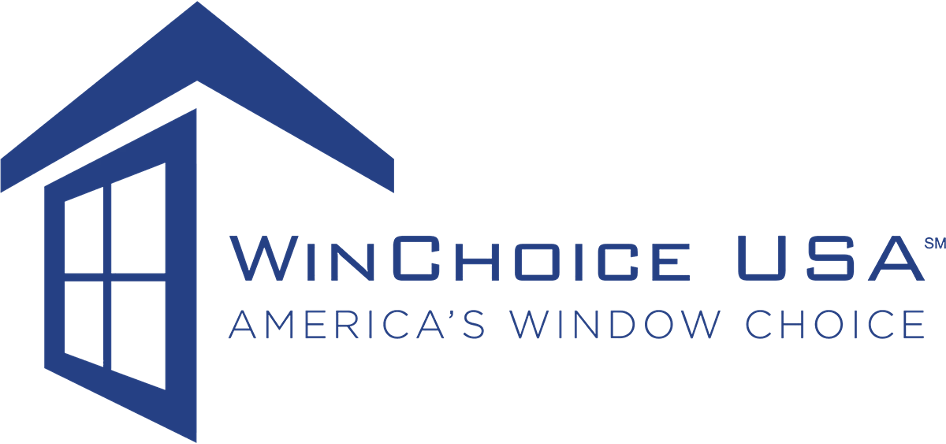How to Create an Energy Efficient Bathroom

*Updated April 16th, 2025
Creating an energy-efficient bathroom might sound like a big project, but it’s actually a lot easier than you think—and it comes with some pretty great perks. Not only does it help reduce your environmental impact, but it also saves you money on your utility bills over time. Plus, using less energy usually means your fixtures and appliances don’t have to work as hard, so they last longer.
Most of the changes you can make are simple and low-maintenance. You don’t have to completely overhaul your space or give up your daily comforts. In fact, once everything’s in place, you probably won’t even notice a difference—except when your energy bill starts to drop. So whether you’re planning a full bathroom remodel or just want to make a few smart upgrades, this guide will walk you through easy ways to create a more energy-efficient bathroom without skipping the luxury.
What is an Energy Efficient Bathroom?
You might not realize it, but your bathroom is actually one of the biggest energy drains in your entire home. Between hot showers, running water, overhead lighting, heated floors, fans, and electric razors or hair tools, it all adds up fast—especially if you have a busy household with multiple people using the bathroom every day.
An energy-efficient bathroom is all about cutting down on that energy use without making your life harder. It’s not about freezing cold showers or brushing your teeth in the dark—promise. It just means making smart upgrades, like swapping in water-saving faucets or LED lighting, so that your bathroom naturally uses less electricity and water without you having to think twice about it.
A big part of it comes down to the fixtures you choose. Things like low-flow showerheads and energy-efficient exhaust fans can make a huge difference behind the scenes. But your habits matter too—simple things like turning off the lights when you leave or keeping showers shorter can really boost your overall savings. So, with the right mix of smart products and a few conscious habits, you can turn your bathroom into a more sustainable, budget-friendly space that still does everything you need it to.
Fixtures to Add to Create an Energy Efficient Bathroom
If you’re planning a remodel—or even just making a few upgrades—swapping out old fixtures for energy-efficient ones is one of the easiest ways to cut back on energy use without changing your daily routine. These smart swaps work behind the scenes to lower your water and electricity consumption automatically, which means less waste and smaller bills over time.
Here are some key areas to focus on if you want to create a more energy-efficient bathroom:
High-Efficiency Toilet
Toilets use 27% of household water, and installing energy-efficient toilets can reduce that number greatly. High-efficiency toilets use more water velocity than water volume. In other words, they use less water to remove the waste. Modern high-efficiency toilets use around 5.7 gallons per flush less water than standard toilets.
When you install energy-efficient toilets, you can reduce your household’s water usage by 20% – 60%, saving 13,000+ gallons of water per year.
Energy Efficient Windows
If your bathroom has a window, consider installing an energy efficient window. If you have inefficient windows, they likely don’t seal out air, making it harder to keep the room warm or cold.
When you can’t get comfortable in the bathroom, you’re likely to use more heating or air, increasing your utility bills and decreasing your home’s efficiency.
ENERGY STAR windows insulate your windows, so the air doesn’t come in or go out. This way, you don’t bring in hot air during the summer or lose warm air inside in the winter. The bathroom will be more comfortable, and you’ll likely use less heating and air.
Make sure it’s a window you can easily crack, so you can open it slightly after using it to reduce the risk of mold and mildew growth.
Energy-Efficient Shower
The average family uses 40 gallons of water daily, and a standard shower head uses 2.5 gallons of water per minute. Energy-efficient showers use 2 gallons of water per minute or less. You can tell when showers are energy efficient because they’ll have a WaterSense label affixed to them.
Approved energy-efficient showerheads are more water efficient, but don’t sacrifice the quality of your shower. You’ll still get the same feeling of a standard shower head without wasting water.
Install an Aerated Tap Faucet
An aerated tap faucet helps slow the flow of water out of the faucet without losing effectiveness. The good news is an aerator is a DIY project that takes only seconds but saves money and water usage.
An aerator is a screen on the faucet that reduces water usage, helps maintain water pressure, and shapes the water stream. It also prevents water from splashing, causing waste, while ensuring you get the water needed for the intended use.
Install Energy-Efficient Lighting
Lighting is a necessity in your bathroom, but that doesn’t mean it has to use a lot of energy. This is especially important if you have many lights in your bathroom. Switching to energy efficient light bulbs can save energy usage but give even more light, so it’s a win-win.
DIY Tips to Make your Bathroom More Energy Efficient
Take Shorter Showers
Start by taking shorter showers. If you don’t know how long your showers last, time it. Then, set a goal to try to cut the time in half. Even if you have an energy efficient shower head that uses two gallons of water per minute, cutting a shower down by 10 minutes reduces water usage by 20 gallons a day, or 140 gallons a week!
If you can’t tell how long you’ve been in the shower, set a timer and listen to it. Then, end your shower and save yourself some money when it goes off.
Don’t Leave Appliances Plugged In
Chances are your bathroom has all types of appliances. Even when they aren’t in use, the fact that they are plugged in uses energy. So only plug your appliances in when you need them, and unplug them when you’re done. If you have appliances that need to be charged, charge them at night when energy prices are the lowest, but be sure to unplug them as soon as they are fully charged.
Turn your Water Heater Temperature Down
Check your water heater. Chances are it’s set at 140 degrees, as that’s the manufacturer’s normal temperature. However, the necessary temperature is only 120 degrees. That 20-degree difference can significantly affect your energy bills, but you won’t feel it when you’re showering, especially if you shorten your showers.
Fix Leaks
If you have a leaky faucet or pipe, fix it immediately. The same is true of a toilet that constantly runs. You waste water, energy, and money when you leave a leak unfixed.
If you aren’t sure you have leaks, make it a habit once a month to walk through and check all the plumbing in your bathrooms. You might find the tiniest leak that, if left unfixed, could turn into something more serious and costly.
Clean your Ventilation Fan
Ventilation fans are meant to help reduce moisture in the bathroom, but they collect a lot of dust and grime. If you don’t clean them, they can’t work effectively, drawing more power to run.
Instead, make it a part of your weekly cleaning habits to clean the fan. Remove the dirt and grime, and it will work much more effectively.
Also, consider only running the fan for 10 – 15 minutes after you shower. It’s not necessary after that time period and only causes excessive energy usage.
Consider Cold Showers
No one likes a cold shower, but they are healthier for you than hot showers. Cold showers can improve immunity, reduce inflammation, and improve circulation and metabolism. So even if you cut your hot shower usage down by a minute or two, replacing it with a cold shower, you’ll save energy, and you may feel better.
Final Thoughts
Creating an energy-efficient bathroom is one of those upgrades that pays off in more ways than one. Not only does it help lower your monthly utility bills, but it also reduces your environmental footprint—without making your bathroom feel any less comfortable or functional.
The good news? Most of the bathroom fixtures on the market today are already designed with efficiency in mind. So if you’re still using older faucets, showerheads, or lighting, it might be time for a refresh. Even small changes, like swapping out a showerhead or installing an aerator on your faucet, can make a noticeable difference.
Whether you’re doing a full remodel or just making a few simple tweaks, every step counts. By upgrading your space with smart, efficient solutions and practicing a few energy-saving habits, you’re not just saving money—you’re doing your part for the planet, too.
FAQs
Why should I make my bathroom more energy efficient?
Making your bathroom more energy efficient can save you money on utility bills and reduce your carbon footprint. By making a few simple changes such as replacing old lighting fixtures with LED bulbs, investing in low-flow faucet aerators and showerheads, installing motion sensors for lights and fans, adding insulation to your walls and floors, sealing air leaks around windows or doors – these small improvements will not only reduce energy consumption but can also lead to lower utility bills over time.
How do I know if my bathroom is properly insulated?
To determine if your bathroom is properly insulated, look for obvious signs of inadequate insulation such as drafty windows or cold floors.
If you don’t observe any visible signs, there are still practical steps you can take to evaluate the insulation in your bathroom. Check for gaps and cracks around doors and windows where air may be leaking through, inspect the bathroom walls and ceilings for proper installation of insulation materials, or schedule an assessment with a certified energy auditor who can provide an official report on the condition of your home’s insulation.
How can I improve the ventilation in my bathroom without wasting energy?
Installing an energy-efficient bathroom fan or choosing a fan with a timer or humidity sensor can help you improve ventilation while using less energy.
Additional Bathroom Remodel Resources

Anna has over six years of experience in the home services and journalism industries and serves as the Content Manager at MyHomePros.com, specializing in making complex home improvement topics like HVAC, roofing, and plumbing accessible to all. With a bachelor’s degree in journalism from Auburn University, she excels in crafting localized, comprehensive guides that cater to homeowners’ unique needs. Living on both coasts of the United States has equipped her with a distinctive perspective, fueling her passion for turning any house into a cherished home through informed, personalized decision-making.








